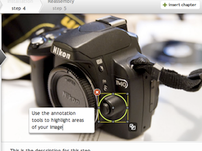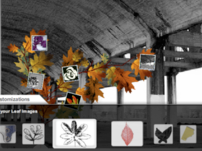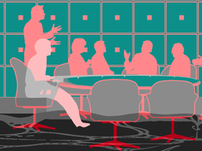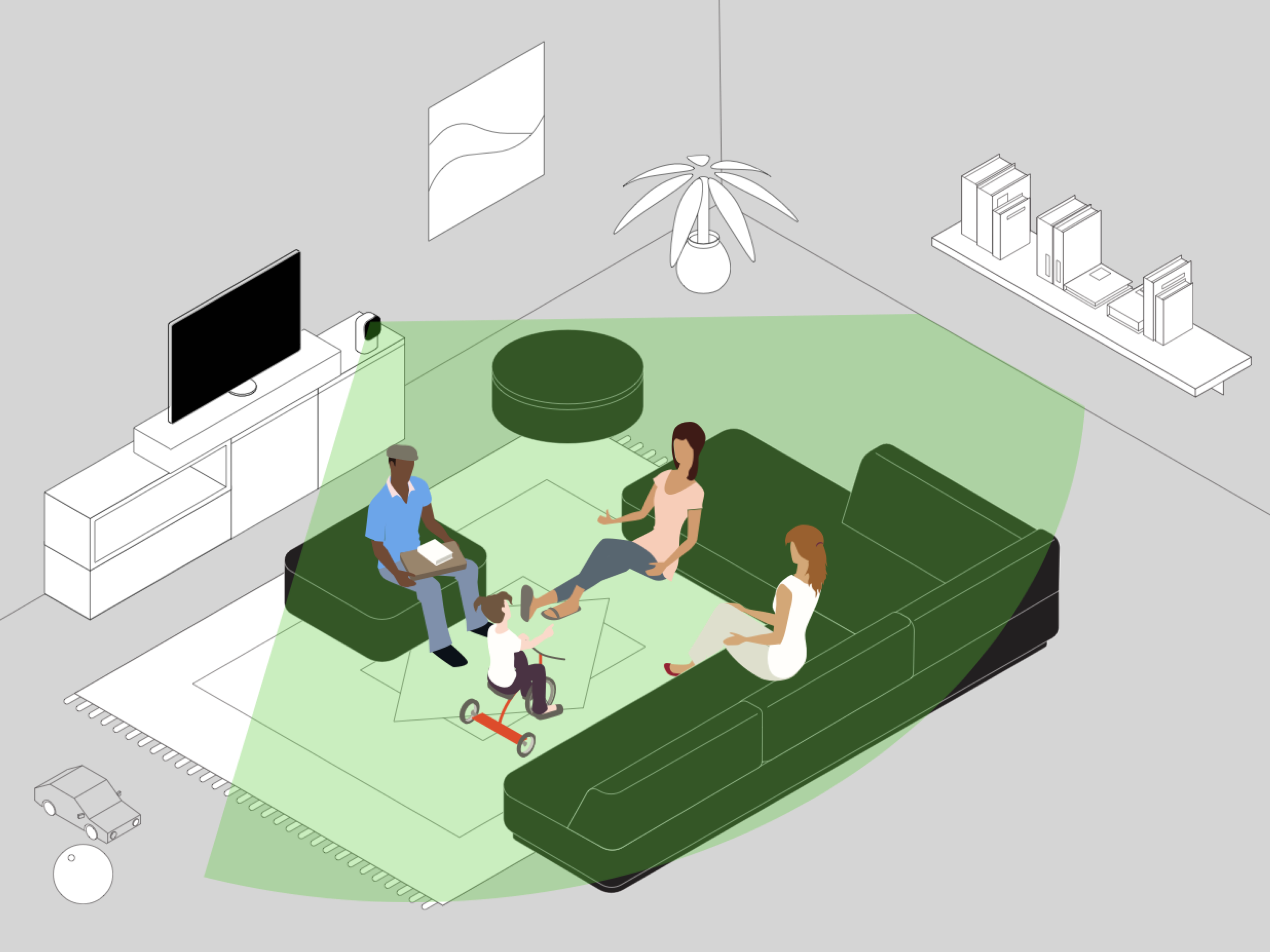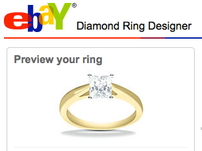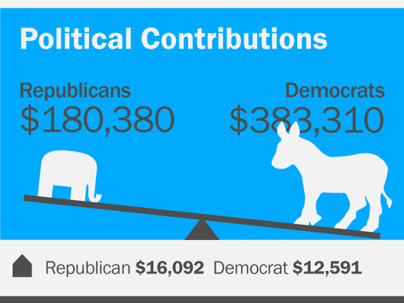LA Times as your Sage Companion
He scans what’s in the paper to find what he’s interested in reading today, and marks those articles.
He sees an article about a hockey team he’s not interested in.
He hides it from the page and is prompted to teach the Times what he wants to see less of.
He dives into a long article about the bombing, which the Times estimates will take 11 minutes for him to read based on his typical reading speed. After finishing the article, he decides to follow this story throughout his day. He packs his bags and gets ready to drive to work.
Before bed, he goes back to his headline page. He notices another couple of articles he meant to read today, but didn’t get around to. He adds them to his “Save for Sunday” queue.
On Sunday he gets a special section of the printed Times with all the articles he saved for later this week. He’s been looking forward to having this time to relax with the paper.




